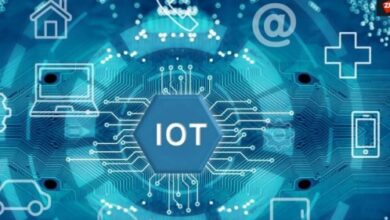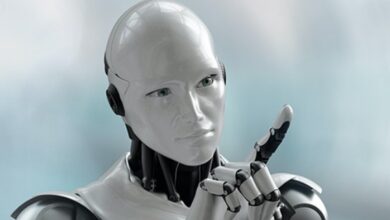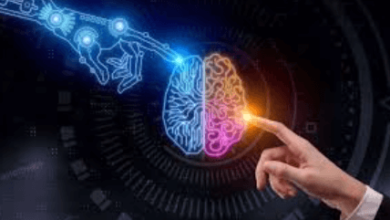The Future of Robotic Technology: Transforming Industries and Daily Life

Introduction
In the ever-evolving landscape of technology, robotic technology stands out as a revolutionary force with the potential to transform industries and redefine our daily lives. From manufacturing and healthcare to home automation and beyond, robots are becoming an integral part of our world. In this article, we delve into the current state of robotic technology, explore its various applications, and consider its potential future developments.
What is Robotic Technology?
Robotic technology refers to the design, construction, operation, and use of robots for various tasks. Robots, essentially, are programmable machines capable of carrying out a series of actions autonomously or semi-autonomously. This technology harnesses disciplines such as artificial intelligence (AI), machine learning, electronics, and mechanical engineering to create sophisticated and functional robots.
Current Applications of Robotic Technology
- Manufacturing: Robots have revolutionized the manufacturing industry by enhancing efficiency, productivity, and safety. They perform repetitive tasks with precision and without fatigue, ranging from assembling products to handling dangerous materials.
- Healthcare: In healthcare, robotic technology is used for a range of applications, including surgery, rehabilitation, and patient care. Surgical robots, for instance, allow for minimally invasive procedures, resulting in quicker recovery times and reduced risk of infection.
- Agriculture: Robotic technology is increasingly adopted in agriculture for tasks like planting seeds, harvesting crops, and monitoring field conditions. These robots help increase crop yield and reduce the need for manual labor.
- Home Automation: Robots are becoming common in households, performing tasks such as vacuuming, lawn mowing, and even assisting with elderly care. This technology not only improves convenience but also enhances the quality of life for many individuals.
Benefits of Robotic Technology
- Increased Efficiency: Robots can operate continuously over long periods without a break, significantly enhancing productivity.
- Precision and Accuracy: Robots are programmed to perform tasks with high precision, which is particularly crucial in fields like surgery and manufacturing.
- Safety: By handling dangerous tasks, robots reduce workplace hazards and help prevent injuries among human workers.
- Cost-Effectiveness: Although the initial investment might be high, the long-term savings due to reduced labor costs and increased productivity make robots a cost-effective solution for many businesses.
Future Prospects of Robotic Technology
The future of robotic technology is bright, with ongoing advancements likely to introduce more sophisticated capabilities. Here are a few potential developments:
- Enhanced AI Integration: Future robots will exhibit enhanced cognitive capabilities, making them smarter and more adaptable to complex environments.
- Improved Human-Robot Interaction: As robots become more prevalent in everyday settings, improving their ability to interact with humans in a natural and safe manner will be crucial.
- Expansion into New Fields: Robots are expected to expand their presence in sectors such as entertainment, personalized customer service, and more specialized areas of healthcare and education.
Challenges and Considerations
Despite the promise, robotic technology also presents challenges. Issues such as job displacement, ethical considerations regarding autonomy, and the need for robust cybersecurity measures are critical topics that need addressing as the technology progresses.
Conclusion
Robotic technology is not just a tool of the future; it is a transformative element of our present. As we stand on the brink of a robotic revolution, the integration of these machines into various sectors promises enhanced efficiency, safety, and productivity. With proper management and ethical considerations, robotic technology can lead to unprecedented improvements in the quality of human life and the functionality of industries. The journey ahead is both exciting and formidable, holding the promise of a new era where humans and robots coexist and collaborate in harmony.
News
News
News
News
News
News
News
News
News
News
News
News
News
News
News
News
News
News
News
News
News
News
News
News
News
News
News
News
News
News
News
News
News
News
News
News
News
News
News
News
News
News
News
News
News
News
News
News
News
News
News
News
News
News
News
News
News
News
News
News
News
News
News
News
News
News
News
News
News
News
News
News
News
News
News
News
News
News
News
News
News
News
News
News
News
News
News
News
News
News
News
News
News
News
News
News
News
News
News
News
News
News
News
News





